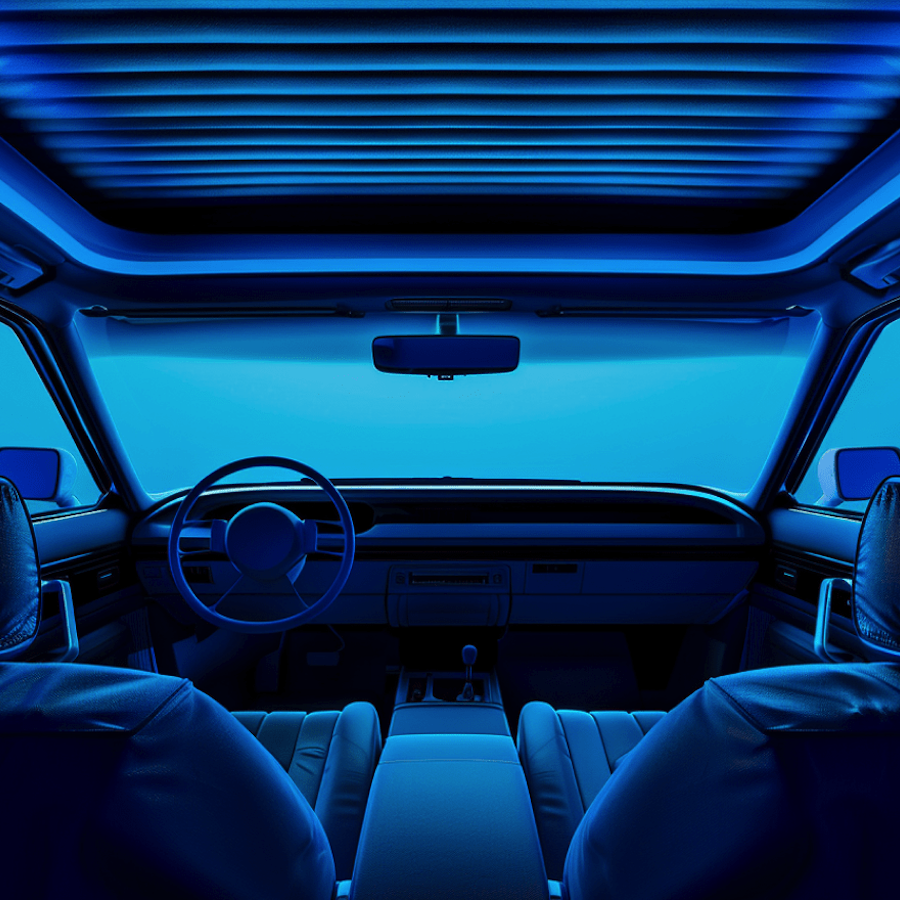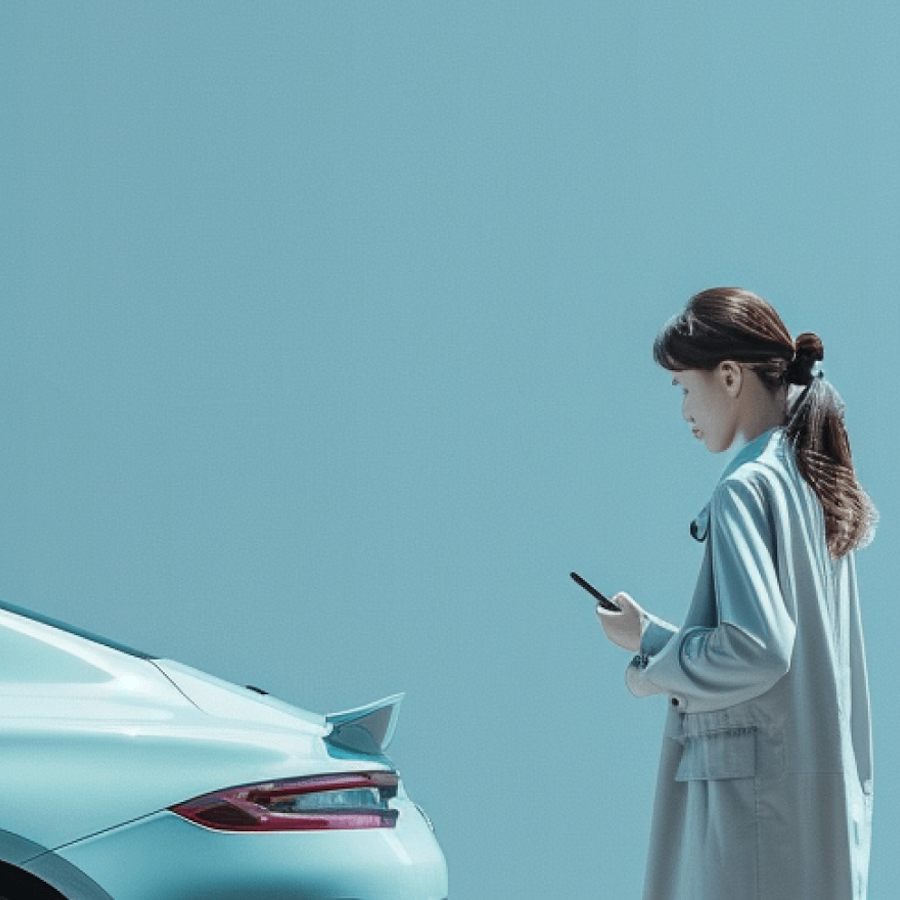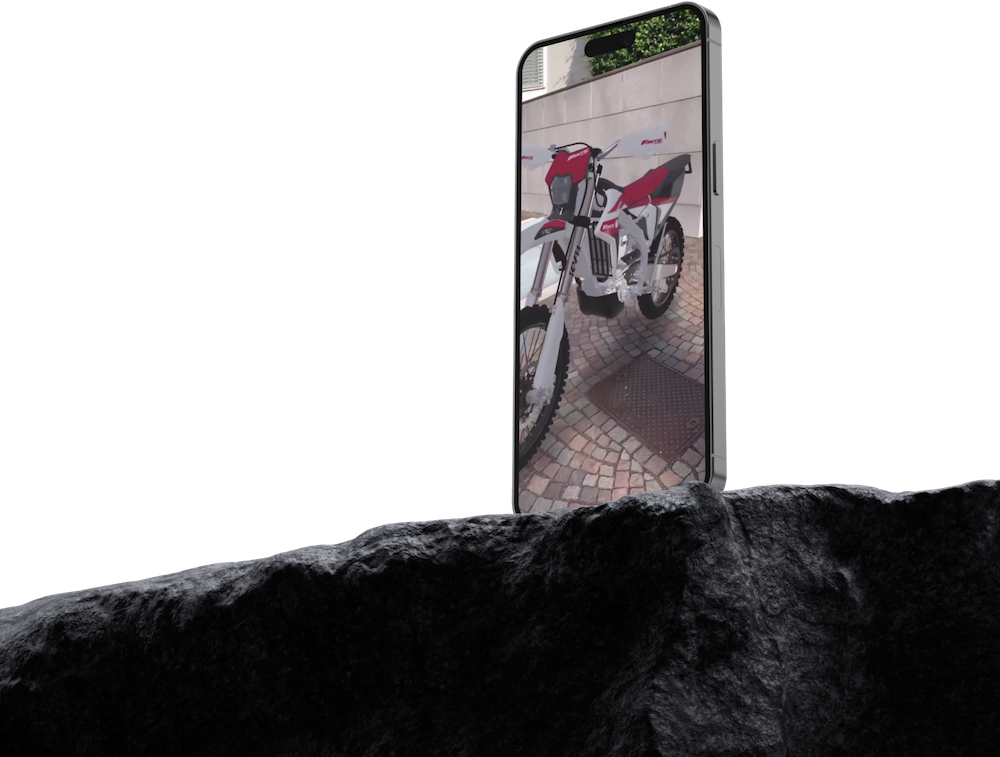Automotive
Fuel your campaigns with premium 3D and AR creatives, and start gathering valuable consumer insights from your ads.
Craft AR-powered display ads that stand out from the ordinary. Highlight the newest car model or allow the interior to be explored directly within the ad banners.

Aryel AI Insights unveils privacy-conscious insights on audience emotions and key engagement points, highlighting facial features and product attention for strategic marketing.

7x
Higher CTR
Versus video ads
1.3m
Avg Attention Time
Spent on the display ad
+123%
Increased Ad Recall
Versus standard display ads
Reach high-intent audiences and drive results with Sonar™. Powered by GenAI, it develops tailored media plans based on audience behavior, emotions, and demographics.

